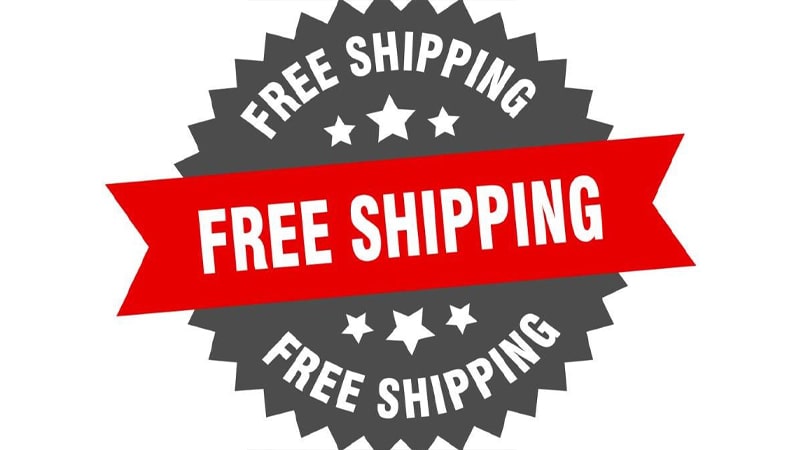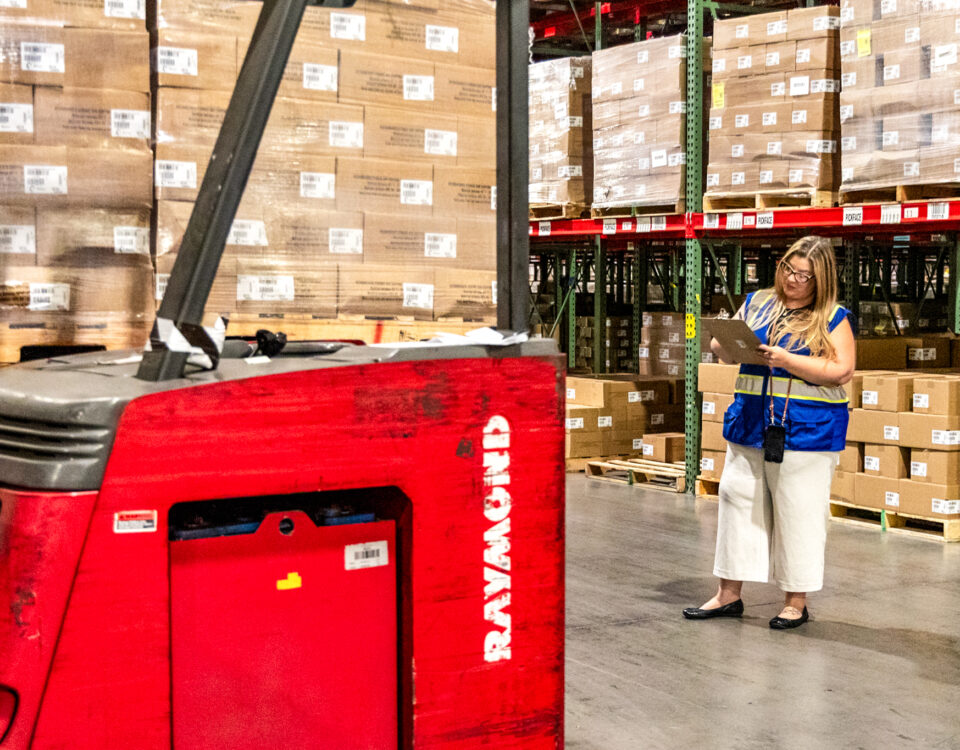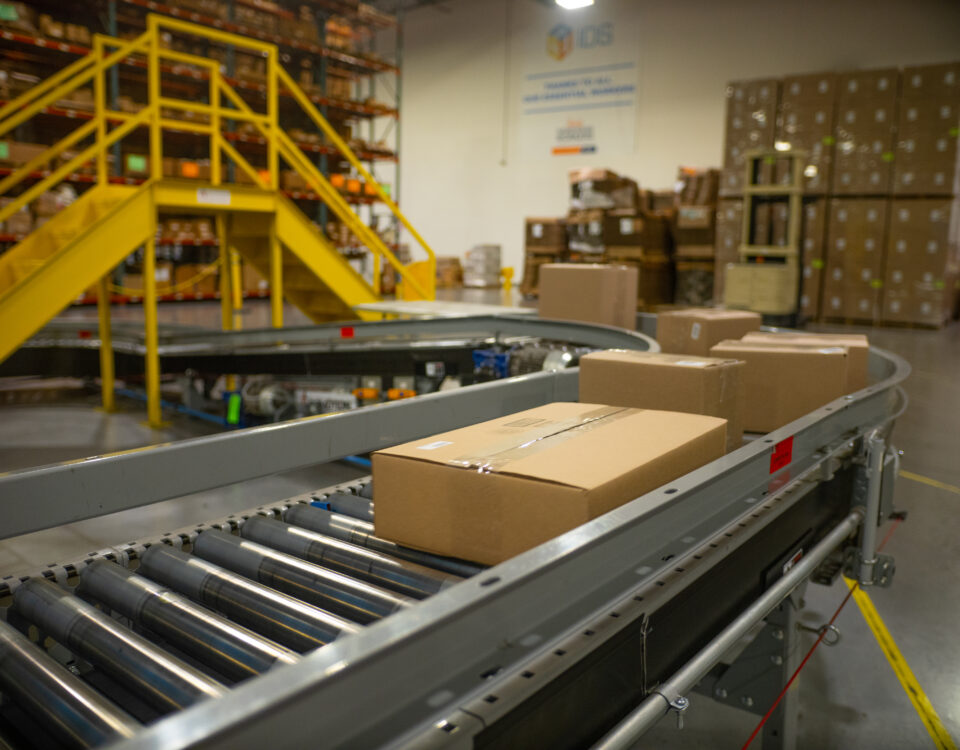Free shipping! It is the tagline we see all over the internet when shopping for items to purchase. It is one of the most demanded “perks” of ordering online. So, it is safe to say that if you are not offering some type of free shipping already, it is pretty likely that you are losing sales, customer loyalty, revenue per sale, and product margin. There really is no way around it, you simply have to learn how to do free shipping to stay alive in today’s market. In recent polls, it was found that 66% of online shoppers name shipping costs as their most notable online shopping pet peeve. This is miles ahead of the next biggest issue (receiving something that looks completely different than it did online, 38%). And, 81% of these people said that free shipping would make them much more likely to shop online rather than in the store. Customers actually want free shipping more than they want to have lower prices on the products that they are buying. But, what if the problem is being able to afford to offer free shipping to your customers? Here are some helpful ideas on how to provide free shipping, and how to make it fit your budget from IDS.
It is true that shipping costs eat away at profits, but avoiding free shipping is not necessarily the way to go. Instead of taking the avoidance route, employing multiple strategies to keep shipping costs as low as possible can help you learn how to provide free shipping to fit this into your marketing strategy.
Here are a few ways that you can try to figure out how to do free shipping and fit it into your margins.
Deferred Only. Offer free delivery only on lower cost deferred shipping services. It is important to remember than most customers are willing to wait around five days for an online order to arrive. And, if there is free shipping involved, most of them will be satisfied with up to 7 day delivery times. You may learn how to do free shipping by simply increasing the time allotted to get your shipment out. Shipping companies like FedEx, SmartPost, UPS, SurePost, Newgistics, DHL Global, and OSM Worldwide are a few of the larger companies that offer 2-7 day delivery to a residence at much lower prices than Air and Ground Services.
Go Postal. Shippers that add the USPS to their mix of carriers are able to drive down costs and improve service rather significantly. USPS enjoys many advantages over going with the private carriers. They go door to door on a daily basis. Many other carriers need to make an additional stop when it comes to residences. The USPS drops off the parcels with the rest of the mail. Many products offered by the USPS are priced competitively, especially when competing with special handling and surcharges compared to UPS and FedEx. The competitive pricing offers a model that will show you how to provide free shipping. When dealing with lightweight, residential packages, the USPS is very competitive. It is the only carrier that offers First Class pricing for parcels that weigh less than one pound with delivery service standards within 1-3 business days. If wondering how to do free shipping, going with the USPS might be a terrific option.
Ship-to-Store. Shipping consolidated packages to a single location is much cheaper than shipping individual, lightweight packages to multiple residences. Here’s how this works: The customer buys something on the retailer’s website and chooses the option to pick up their order in the store; the retail location is given notice about the incoming order, and fills it using inventory in-store. If an item is not available at the local store, it can be shipped directly from a distribution center, another store, or vendor location. Then, the customer picks the item up at their earliest convenience. The process of learning how to do free shipping may not involve shipping to your customer at all, but just to one of your primary locations. This is a great way to increase sales. According to Forbes, in-store pickup is becoming one of the most prominent ways to blend together the online and offline shopping experiences, allowing you to answer the question, “how to provide free shipping?”
Limited Products. Advertise it, promote it, implement it, and teach yourself how to do free shipping. But limit it to products that make the most economic sense for your business! Do not offer free shipping on items that will cause you to incur dimensional or oversize charges, assembly costs, high insurance fees… Conversely, only offer free shipping on higher margin products that can take the impact of additional shipping expenses.
Improve Parcel Discounts. Look for benchmarks to understand how your rates are compared with other shippers. Small changes to your carrier agreement can make a huge impact on your overall savings. Take some time to figure out which accessorial charges have an effect on your company the most and target those charges for waivers or reductions during negotiations. These factors may hinder your business learning curve for how to do free shipping. In addition to this, don’t overlook opportunities to reduce overall discounts and minimum shipment costs.
Build into product cost. It was previously mentioned that shoppers wanted free shipping more than they want the prices on the products they are buying to decrease. Simply build shipping charges into the product cost for certain items. If the target product price is $90, sell it at $95 and include free shipping. This is a good way to collect close to 100% profit margins by offering free shipping and returns.
Dollar Threshold. Offer free shipping if the dollar value is more than a set threshold. This is a page out of the Amazon playbook for how to do free shipping. If you are not a Prime member, and still want the free shipping, Amazon grants it. They just increase your order size to more than $35, and throw in the shipping. This is a great way to increase order value. Over half of shoppers will actually add items to their cart to be able to qualify for free shipping.
Least Cost Routing. Modal optimization for learning how to do free shipping (choosing the right carrier to grant the fastest delivery at the lowest cost) requires the use of technology. The right technology can take a lot of the guess-work out of routing packages. Many multi-carrier manifesting options allow for multiple carrier rate shopping. Be sure that the technology searches include package dimensions, weight, zones, surcharges, and the unique items and incentives of your pricing agreement.
Take it regional. Regional carriers such as Eastern Connection, OnTrac, Pitt Ohio, Courier Express, and Prestige Delivery may be your answer on how to provide free shipping. These regional carriers offer reliable parcel delivery services at rates as much as 40% less than the national carriers. As the name suggests, regional carriers serve specific regions within the United States are ideal for those shippers with multiple distribution centers.
Mine parcel invoices. Roughly $3 billion in “guaranteed” service claims are not refunded because claims are not filed each year. Companies that take the time to audit invoices realize that there is a benefit to the often overlooked savings opportunity. This does not just include late shipments entitled to money back guarantees, but also missing discounts, shipments manifested but never shipped, overcharges, and other charges common with parcel invoices. For companies that are unable to audit internally due to lack of resources, there are a lot of audit and payment firms with savings that range from 1%-5% of the invoice amount weekly. Finding the right firms can ensure that you never overpay your carriers.
There are many, many strategies that you can explore to offset the cost of shipping so you can provide low cost, or free shipping, and teach your company how to offer free shipping in the long-term(at least for some products). The right combination of these strategies can help you reduce expenses on logistics, improve transit to your customers, increase cart conversions, and grow customer loyalty. Reach out and Contact IDS today to discover how your business may provide free shipping!











